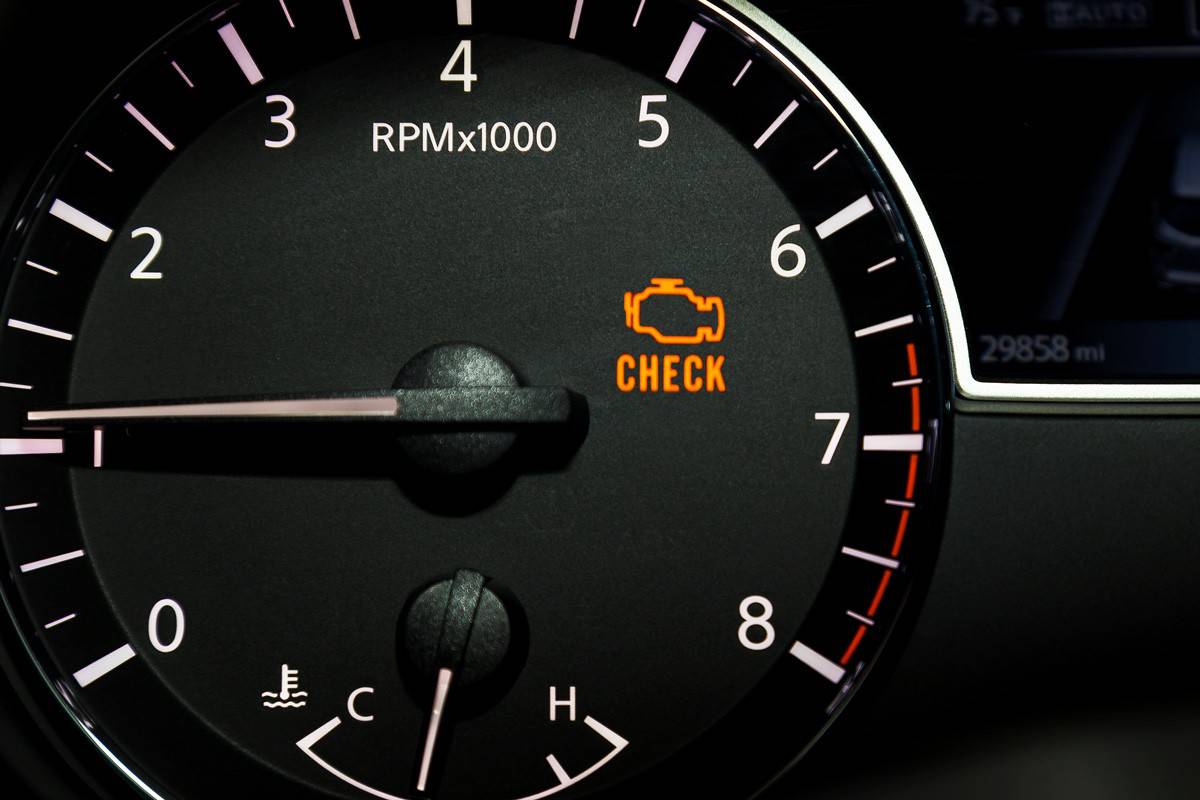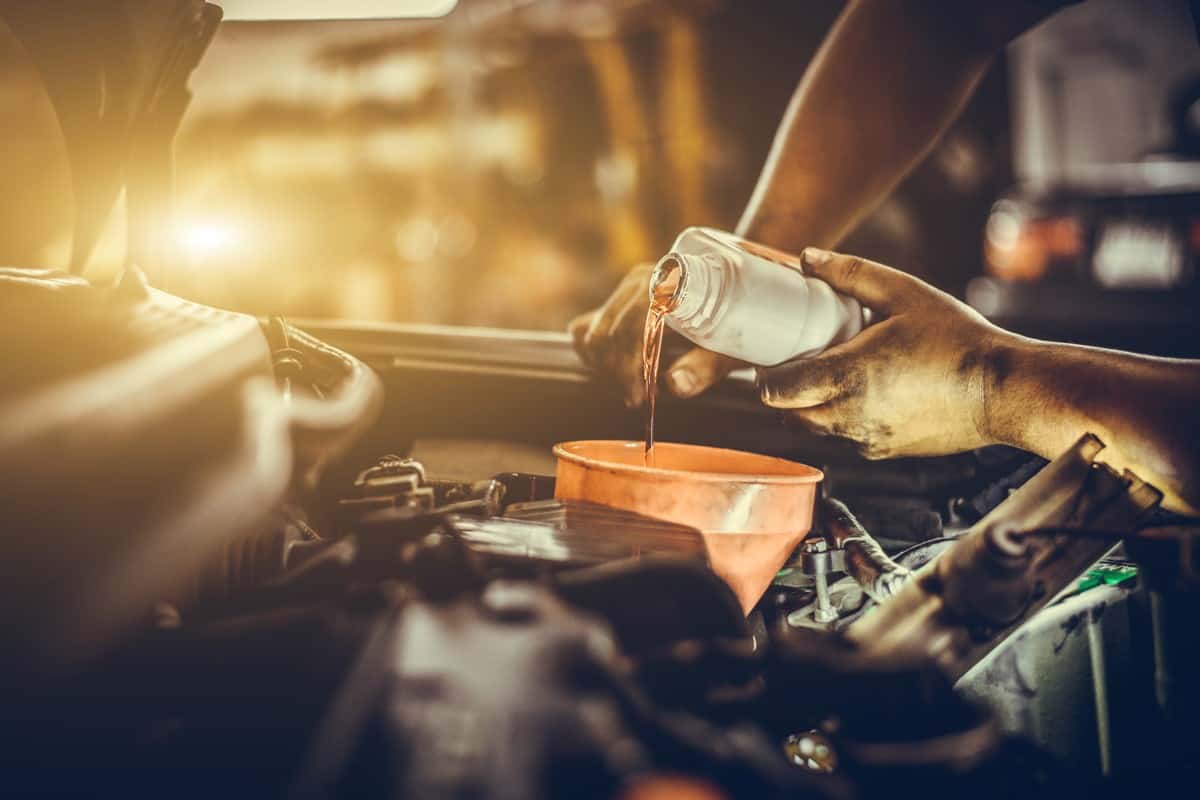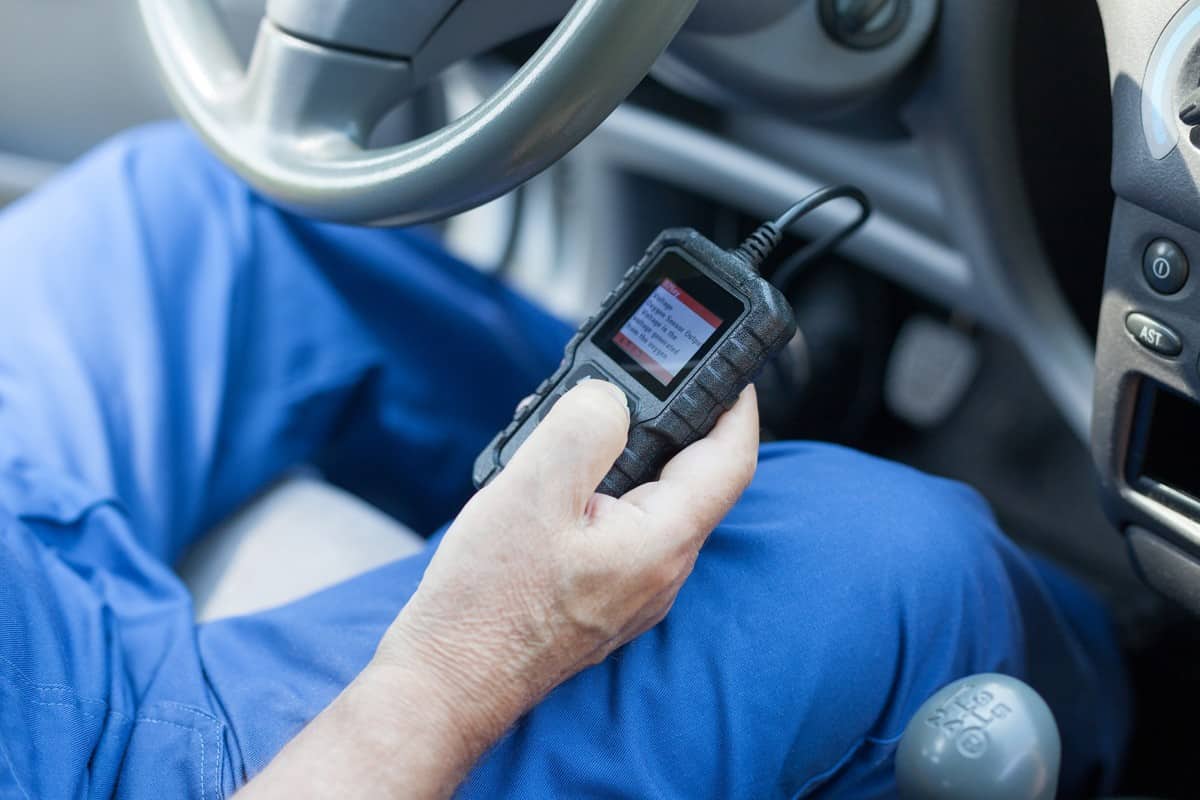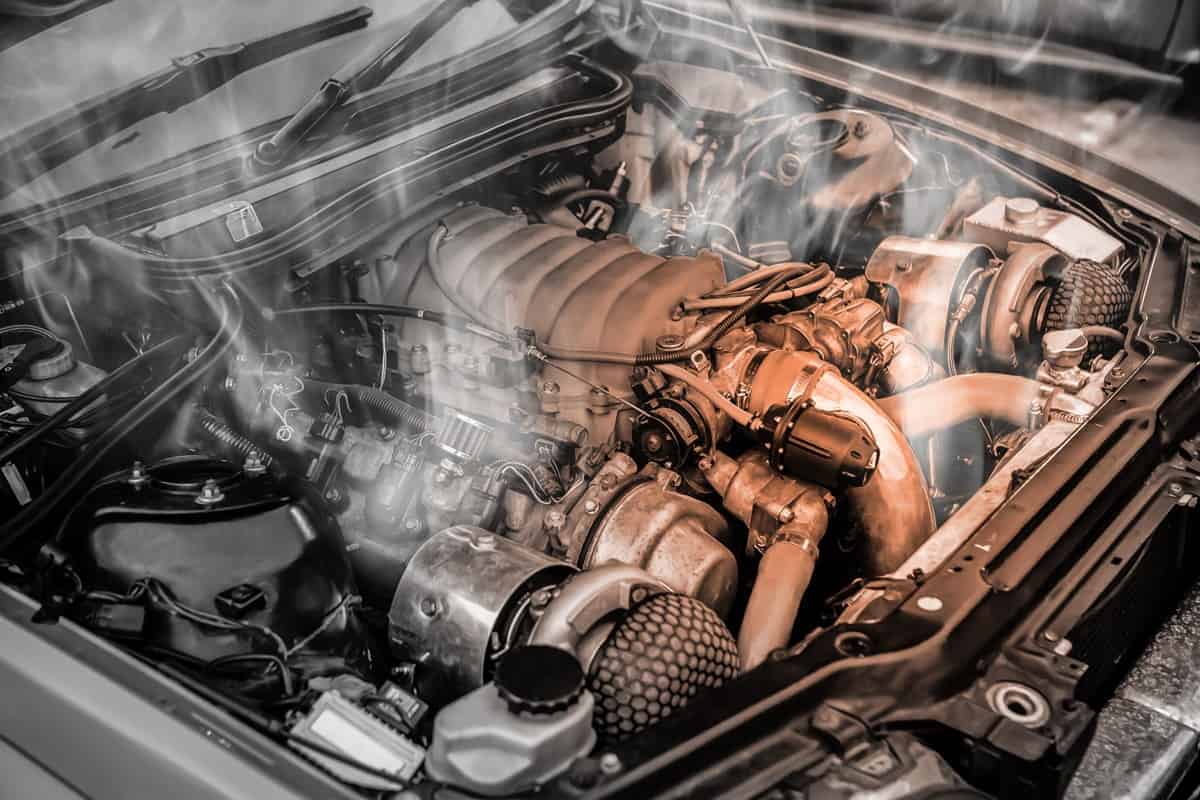If you don't know much about how your car operates, seeing the "check engine" light can be very worrying. Wondering if this check engine light signals for an oil change? To answer your question, we've researched the topic and have a thorough explanation.
The check engine light will possibly turn on for an oil change. However, it is not always the case, as other problems can cause the light to turn on.
In this article, we’ll examine some of the common reasons why the check engine light comes on and consider whether changing your oil may be the cause. So keep reading for a more detailed discussion.
![The warning lights on the car dashboard come on. Close-up., Does Check Engine Light Come On For Oil Change? [Find Out!]](https://vehq.com/wp-content/uploads/2022/11/42.-Does-Check-Engine-Light-Come-On-For-Oil-Change42.-Does-Check-Engine-Light-Come-On-For-Oil-Change.jpg)
Does Check Engine Light Come On For Oil Change?

Your car has a sensor that is set to sound an alarm whenever you are about to need an oil change called the oil life indicator.
Depending on how frequently the oil sensors are reset and how often you change your oil, it might be a little inaccurate. However, that sensor will still alert you if your oil level is low.
The check engine light is another case, though it turning on can possibly mean you need an oil change. It can light up after the oil is changed or due to other issues. It may turn on when the oil is too filthy or when the engine's oil flow is insufficient.
In these situations, you probably need to add more oil to your automobile, especially when you're aware that you haven't changed the oil in a while. Check the state of the oil using your dipstick to see if this is the reason why the check engine light is on.
Make an appointment for an oil change right away if it's dark or too low. Take your car to a mechanic and have them do it for you if you're not comfortable adding oil to your car.
However, you can add oil on your own pretty easily, and it's a good idea to examine the oil level in your vehicle frequently to make sure there are no issues. The oil level in your car needs to be maintained because low oil levels might harm your engine.
It's always preferable to be cautious and get an oil change if you're unsure whether you need one or not. An oil change is a reasonably inexpensive and simple approach to keep your automobile from developing issues that could end up costing a lot of money to repair.
Why Would My Check Engine Light Came On After An Oil Change?
All car need the occasional oil change as a necessary maintenance task. But some circumstances, like your check engine light turing on after an oil change, can raise concerns. Here are a few possible causes of it:

Improper Placement Of The Oil Dipstick
Use the dipstick to see how much oil is in your engine. During an oil change, the dipstick is taken out, cleaned, and re-seated a few times to check the oil level.
When the dipstick is inserted within the dipstick tube, the O-ring will seal and the dipstick should fit inside. Unmetered air might enter the engine and cause issues if the dipstick is not seated correctly.
Oil Fill Cap Fitted Incorrectly
Another cause could be that the cap was reapplied incorrectly or crookedly. Examine the cap and properly fit it.
Then, start the engine, wait a while, and see if the issue goes away on its own. You might need to replace the cap if it is cracked or damaged if you want the check engine light to turn off.
Low Oil Pressure
When the oil is changed correctly, the check engine light shouldn't come on. The oil pressure gauge will be reset once the engine's oil has been drained. The gauge won't have enough time to deliver an accurate reading after changing the oil and installing a new filter.
The check engine light comes on as a result of the car thinking its oil levels are low. Allow the new oil to spread throughout the engine for a few minutes.
Too Much Oil
The check engine light could turn on if there is too much oil in the engine. In some situations, the engine may start to feel slow as well, misfire, develop oil leaks, or spew smoke from the tailpipe. Your automobile may occasionally refuse to start at all. Oil is harmful in excess, but oil insufficiently is even worse.
Wrong Oil Used
Last but not least, if you changed your oil with the incorrect oil, the check engine light can activate. For instance, your automobile can overheat if you use 10W-30 engine oil when you really need 5W-30. This excess heat will cause the check engine light to illuminate.
Click here to see this 10W-30 on Amazon.
Click here to see this 5W-30 on Amazon.
You might need to perform new oil change with the proper oil if you experience this kind of problem. After draining the old oil, replace it with the oil specified in the owner's manual.
How To Clear/Off The Check Engine Light?

You can reset the check engine light using the following instructions:
1. Prepare The Tools Needed
You only need an Onboard Diagnostic (OBD) reader. You may decode engine codes with the aid of this reader.
Click here to see this OBD reader on Amazon.
2. Connect The OBD Reader To The Port And Activate It
Typically, the OBD reader port is located on the bottom of the dashboard, directly above where you place your feet. Access may require removing the fuse box door. Push enter on the device once the reader has been connected but some devices directly on after it attach to the port.
3. Scan For Codes
Activate the engine error code scanning on the device. You will see all problem codes displayed on the screen once it has finished assessing the vehicle. Make a note of the codes you want to compare to the manual or verify online.
4. Erase The Codes
You can highlight a code by pressing the scroll button, and then erase it by pressing enter once again. Your check engine light ought to turn off after this.
5. Start The Vehicle Again
You should restart your automobile if the light does not turn off immediately to give everything a chance to reset.
To visualize how the process is done, a video on YouTube is shown below.
What Are Some Other Causes of the Check Engine Light?
If you've attempted all the aforementioned fixes, the check engine light may be on as a result of another issue.
Utilizing a code reader is the most reliable approach to figured out what else might be wrong, as it can identify a wide range of issues with all makes and models of vehicles. Here are some possible causes for a persistent check engine light:
Emissions System Problems
Your vehicle's emissions system is a sophisticated component created to process waste materials and toxic byproducts of the combustion engine and safely convert or exhaust them.
If there's an issue with it, it can affect your car's fuel efficiency, emissions, and safety. Your check engine light can be alerting you to a general issue that needs to be fixed, or it might be referring to specific parts.
Overheating

If overheating is the cause of your check engine light, you may also notice additional symptoms like a high-temperature gauge or smoke coming from beneath the hood.
If that’s the case, then this could be a serious issue, so be alert for any warning indications, slow down, and try to lower the engine temperature by turning on the heat as a release. If this doesn't sufficiently slow down the operation, stop and make a help request.
Oxygen Sensor Problems
An oxygen sensor keeps track of any unburned oxygen that escapes from your exhaust. This is crucial for your car's proper fuel consumption monitoring since if one of your sensors fails, the check engine light can illuminate.
Your automobile has two to four sensors, but if one of them is missing, it could affect both emission and fuel efficiency. Therefore, it's critical to replace it as soon as possible. If you ignore the issue for too long, you risk damaging your catalytic converter, which will cost substantially more to repair.
Faulty Catalytic Converter
Your vehicle's catalytic converter is the component that transforms the dangerous carbon monoxide gas it emits into safe substances. Your catalytic converter may become contaminated and ultimately destroyed if your oxygen sensors, spark plugs, or other nearby components begin to fail.
Fortunately, with routine maintenance, this rarely becomes a problem. But if you keep putting off the repair, you might have to replace the entire part, which might cost up to $2,000.
Check Engine Mechanism Problem
Naturally, there's also a chance that the check engine light is caused by the check engine mechanism itself. It can report a false positive for the system due to some weak wiring connections or detecting a fault that isn't actually present.
In any case, you won't know for sure unless you get the issue evaluated at a mechanic's shop. Don't assume that your check engine light is simply faulty.
Final Thoughts
As previously discussed, the check engine light may come on in connection with both oil changes and other issues. Bring your vehicle to a professional and have them look at it if you're unsure of what's wrong or what to do. They will be able to run diagnostic tests to locate the issue's source, allowing you to address the problem as quickly and effectively as feasible.
Before you go, read some valuable articles we have below.



